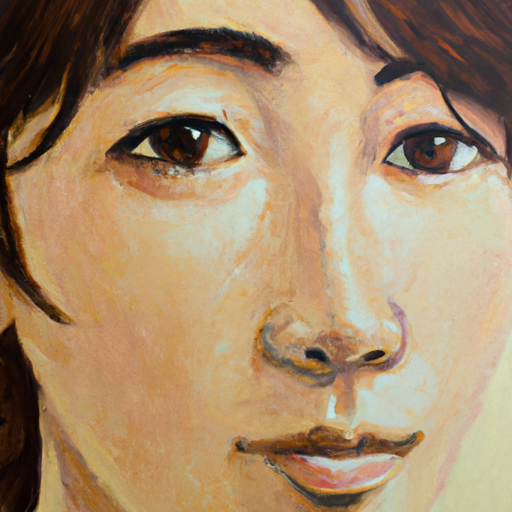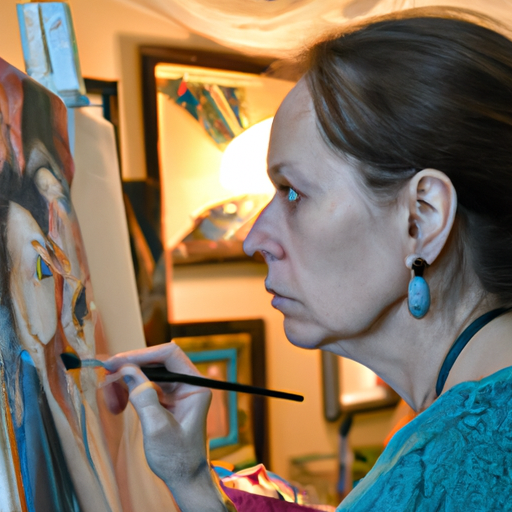ArtLover123
These tips have really helped me improve my portrait painting skills. Thank you for sharing.

The foundation of a realistic portrait lies in the reference photo you choose. Look for high-quality images with clear details, good lighting, and interesting facial expressions. Pay attention to the composition and overall mood of the photo.
Mastering light and shadow is crucial for creating depth and dimension in your portraits. Study how light interacts with the human face, creating highlights, mid-tones, and shadows. Use this knowledge to accurately depict the three-dimensional form of your subject.
Focus on capturing the unique features and proportions of your subject's face. Pay close attention to details such as eyes, nose, mouth, and ears. Use measuring techniques and comparative analysis to ensure accurate proportions and likeness.
Experiment with color mixing to achieve realistic skin tones. Study the subtle variations in hue, saturation, and temperature present in the human skin. Use glazing and layering techniques to build up layers of color and create a natural-looking complexion.
Infuse your portrait with emotion and expression to bring it to life. Pay attention to subtle facial expressions, body language, and gestures that convey the mood and personality of your subject. Focus on capturing the essence and soul of the individual.

| Technique | Description | Example |
|---|---|---|
| Underpainting | Create a base layer of paint to establish values and tones | Example 1 |
| Blending | Smoothly transition colors and tones for a realistic look | Example 2 |
| Detailing | Add intricate details and highlights to enhance realism | Example 3 |
By following these tips and practicing consistently, you can enhance your skills in creating realistic portraits in oil paint. Remember to stay patient, observant, and open to experimentation as you strive to capture the beauty and complexity of the human face.
ArtLover123
These tips have really helped me improve my portrait painting skills. Thank you for sharing.
CreativeSoul
I found the section on capturing emotion particularly insightful. It's made a big difference in my portraits.
BrushStrokes
The tips provided are useful, but I wish there were more examples or step-by-step guides.
ArtisticVisions
I love the emphasis on capturing emotion and expression. It truly elevates the impact of a portrait.
PalettePerfection
As a beginner in portrait painting, I found these tips easy to understand and apply. Excited to see my progress!
|
|
Thành Công is a professional artist specializing in realistic portrait painting in oil. With years of experience and a passion for capturing the essence of his subjects, he shares valuable insights and techniques to help aspiring artists improve their portrait painting skills. |